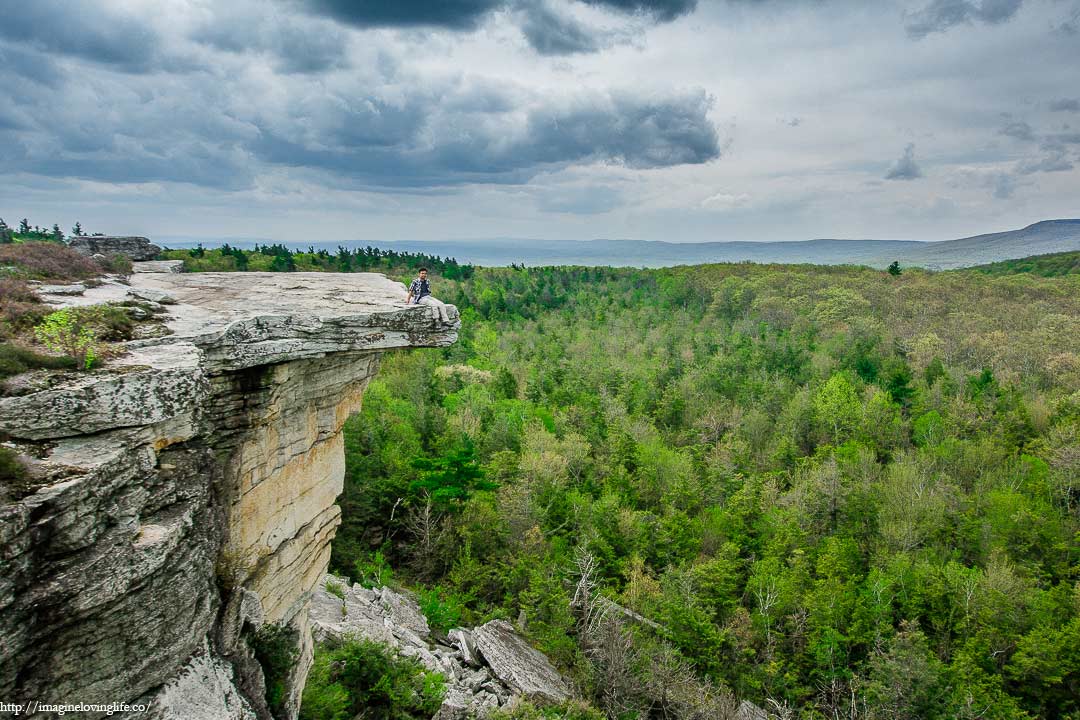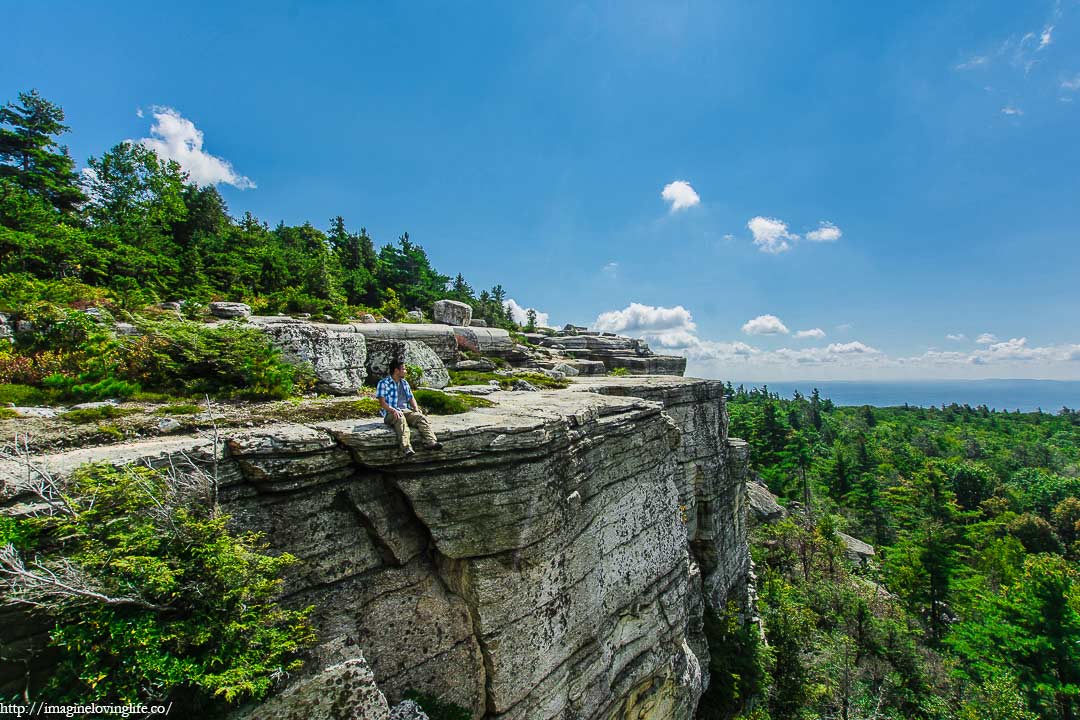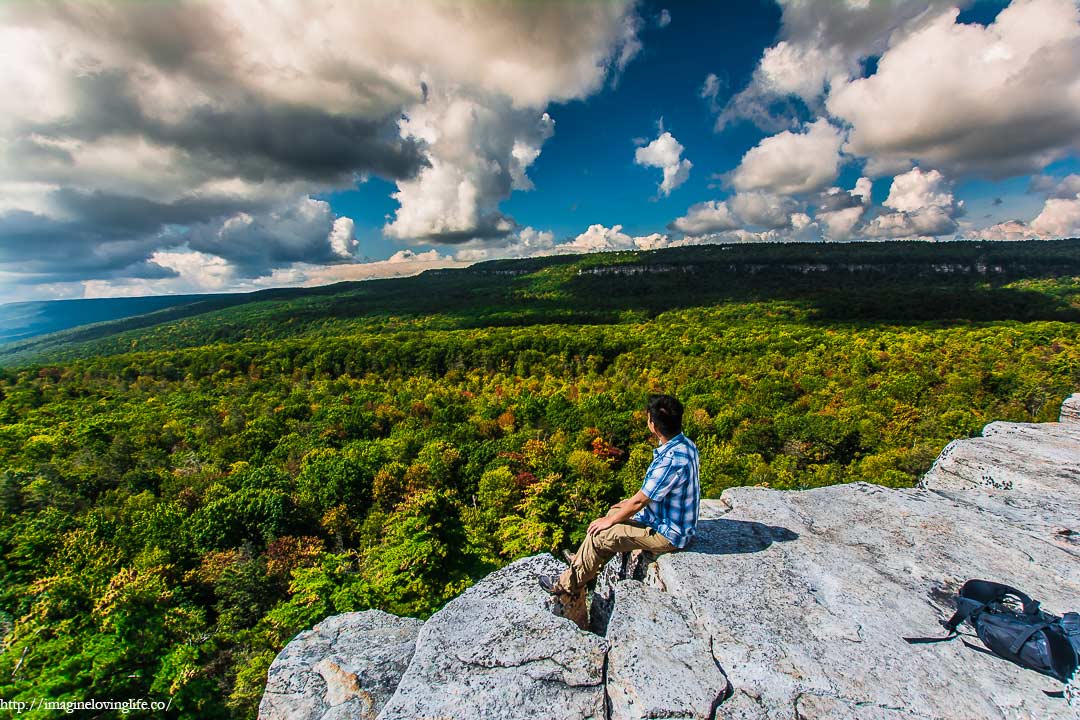
Choosing the right type of cookware for your backpacking trip is important. Food is an important part of any trip, at least for me. So choosing the correct cookware can either make or break the trip. We don’t really have the luxury of bringing very heavy equipment in order to cook our recipes. At the same time, our recipes are also very limited because we cannot bring all the ingredients that we want. In order to maximize the delicious foods that we are going to eat while backpacking, it is important to make sure that we pack the correct cookware. Since most of us are not very rich, we need to make sure that we also buy the correct cookware for the recipes that we are going to create.
Choosing The Cookware Material
There are a few very common and popular material that we can see from a lot of backpacking cookware. Stainless steel, titanium, aluminum, enamel and even silicone can be seen in a lot of backpacking cookware. There are materials that some cookware are made out of that is not really good for backpacking like cast iron. I love cast iron in my cookware at home but for backpacking purposes, they are often too heavy. Each type of material has their own strengths and weaknesses.
Stainless Steel
Stainless steel is one of the best materials that I know of. It is actually my favorite type of material when it comes to cookware and tableware for backpacking. This is a very durable material that can handle a lot of shocks and punishments. This is very easy to clean as well and we can use various tools like steel wool since this material is very scratch resistant. This does not get squished in the backpack and can handle accidents and falls. Can be used as tableware and cookware as well.
Titanium
Titanium is my second favorite outdoor material when it comes to cookware. Titanium is very light and conducts heat easily. It is very durable and very scratch resistant as well. This material is ideal for hikers who want to pack very light and walk very fast. One of my biggest concerns is that Titanium is very expensive. It is because it is very expensive that most companies create very thin walled cookware. A lot of the titanium cookware that I have tried felt very flimsy and not as durable as they should be. They work well but not as durable as stainless steel. I was hoping that for the price I pay for the cookware, they would be as strong as stainless steel.
Hard-Anodized Aluminum
Hard anodized aluminum is one of the most popular material when it comes to outdoor cookware. This type of aluminum is very inexpensive and durable at the same time. It can handle a lot of punishment but not as durable as stainless steel. This type of cookware is ideal of beginners or if you are new to backpacking. This material is also very cheap or inexpensive. You can get a few cookware for a very low price.
Silicone
If you put silicone on a fire, it will melt. This is like plastic and it will melt once you put this on top of a fire. The weird part is that I see this material in a lot of travel kettles. The cookware is made out of silicone on the top and some sort of steel on the bottom. For example, I have seen this travel kettle with stainless steel bottom and the top part is silicone. The silicone allows the item to be very foldable, compact and light. The stainless steel allows the bottom part to be very durable and heat up water. This is not bad but you have to make sure that the fire does not touch the silicone, you may end up drinking silicone instead.
Cast Iron
Cast iron is not really a good material for backpacking. It is heavy and often very large and thick. The size is not very compact which will take up too much room in the backpack and the weight is way too heavy. If you are just going to hike around 1-3 miles to a lean-to and stay there for the weekend then you can use cast iron. I’ve seen people bring one so that they can enjoy the steak. Cast iron is also good if you are car camping. You don’t need to carry the cookware to a very far place and you can just store it at the car. However, if you are planning on hiking everyday on your backpacking trip then cast iron is really not a good material for a cookware.

Choosing A Set VS Individual Pieces
Cookware Set
Getting a cookware set is one of the best things you can do if you are new to backpacking. Even experienced backpackers would rather get a set. A set will often be more compact since they will often have some sort of nested design where each piece fits inside another piece. You can save more backpack space for other gear if the cookware you have is very compact. A set is often more inexpensive than buying individual pieces. You are buying multiple items rather than one which will often allow you to save more money. A set will often have everything you need to cook foods and be able to eat your foods as well.
Individual Pieces
Once you have done a lot of backpacking and have eaten a lot of foods in the outdoors, you will notice that you do not need some of the items in a cookware set. For example, you don’t need a kettle, if you have a pot. You don’t need a pan if you have a pot as well. You will also realize that there are better backpacking pots than the one that you have. It is better to cook certain recipes on a bigger pot or a smaller pot. Once you have more experiences on cooking in the outdoors, you will want to get individual pieces instead of a complete set especially if you love to cook and eat delicious foods. Certain recipes are harder to cook in some cookware. You can be more specific, get better quality, and get different sizes and so on.
Choosing A Non-Stick Coating
Teflon Non-Stick Coatings
Teflon and other non-stick coating make the cookware non-stick and easy to clean. Having a cookware with a coating means less energy wasted with cooking and cleaning. This is great for backpacking. We want to conserve as much energy as possible. I have seen a lot of people who love to go backpacking and camping have Teflon or non-stick coated pans. I have some too. A lot of the hard-anodized aluminum cookware that I have are coated with Teflon. I have some non-stick coated cookware in my home too.
The question is, are these cookware safe for our health? I have read a few websites that say that cookware with Teflon are safe. Non-stick coating used to have this chemical called PFOA that is considered a carcinogen. This can cause health problems and can make you sick. From the websites that I have read, most companies no longer put this chemical on the non-stick coating. The danger now is if you heat a Teflon cookware at 570°F or 300°C, the fumes from these types of cookware can make you really sick, and can even kill you. I also have read that if you swallow Teflon non-stick coating, you can get sick as well. So forget about using steel wool to clean this type of cookware. You should not use metallic spatulas and ladles while cooking because they may scratch the pan and make you swallow the Teflon.
Having said all of these, I still have a couple of Teflon non-stick pans and cookware that I use. However, I am very very careful whenever I use them. I am very very careful when I clean them as well.
Ceramic Non-Stick Coatings
Ceramic technically means ‘clay that has been fire hardened’. In the case of backpacking cookware, there are hard anodized aluminum that has been coated with ceramic to make them non-stick. This makes cooking and washing the item very effortless. The non-stick coating is typically made out of minerals like silicon and oxygen. Silicon is a naturally occurring chemical element while silicone is a synthetic substance. I have read a lot of websites that say that ceramic coating is pretty safe. A few very popular outdoor companies coat a lot of their cookware with ceramic coating like MSR. I prefer ceramic over Teflon. Teflon has a bad reputation but ceramic has a pretty good reputation. You may have to pay more for ceramic coating though.
BPA-Free
Bisphenol-A, better known as BPA, is an industrial chemical that is often used in a lot of household plastics and food packages. It’s capable of interfering with the body’s hormones. This chemical interferes with hormones like estrogen, and scientists have linked BPA exposure to diseases like cancer and diabetes. This is one of the reasons why plastics will often advertised that they are BPA free. Logically, you may think that this is a good thing but companies would just substitute BPA with some other chemical. They will often substitute with a chemical that has not been tested yet. We have a lot of tableware, dinnerware, flatware and cookware that have way too much lead and cadmium on them. These chemicals will make you sick as well. So all I can tell you is that if you use plastic, it is not good for you.

Cookware Characteristics You Need To Consider
Handle
The handle is one of the most important things that you need to look at. The first time I bought an outdoor kettle, I put it on top my camping butane stove. I set the stove on max so that the water will boil faster. Guess what happened? The handle that had a plastic material melted and got burned. All I got was a gooey mess that I had to thoroughly clean up on my butane stove. So the handle is often something you need to take a look at. There are pots and cookware without a handle. The manufacturer designed it this way so that you will use a pot gripper that can be taken off. This way, you don’t need to worry about the handle.
Campfire Safe
Plastic handles on the side of the cookware can burn off if the flame is too much. However, it is totally different for campfires. Campfires can swallow the whole cookware in flames. There are times when it is hard to control the flame of the campfire. You will not only need to look at the handle of the cookware, you need to look at the handle on the lid of the cookware. There are lids that are made out of plastic as well. So you always have to make sure that your cookware is campfire safe if you are planning on cooking with an open flame or with a campfire. If you do not, then you will end up wasting a lot of money by wasting your cookware. You may ruin the food ingredients as well which also cost money.
Number Of Pots
One thing you also need to consider is the number of pots. If you are just cooking for yourself then 1 pot is good enough. However, if you are going to be cooking for multiple people or group of people then you will need a lot of pots to cook a lot of recipes simultaneously. If you are all going to hike a lot of miles then you have to make sure that you all have a good breakfast. I did talk about this in my article about mistakes that hikers often make. If people did not get a good breakfast, they will not enjoy the hike. They will be very hungry and very tired. It is best to make sure that you think about how many people you are going to cook with. If you are going to cook for a lot of people, then getting a lot of pots would be ideal.
Pot Size
Pot size is also something you have to think about. You can cook more foods if the pot is big however, big pots also take a lot of room in the backpack. You need to think about the recipes that you are planning on cooking. If you are just planning on boiling some water for yourself for your coffee in the morning, then you do not need a big pot. However, if you are planning on cooking lots of foods for a group of people then getting a big pot would be more ideal. Just like I said, be careful with getting big pots. They take a lot of backpack space. You may find yourself attaching way too many gear on the outside of your pack which can lead to balance issues and injured back.
Lids
Not all pots and pans will have lids. Sometimes, a set will only have one lid for a lot of pots and pans. A lid can help you boil water faster and cook foods faster. A lid can help you save gas by using the heat of the stove more efficiently. Like I said before, you should also think about whether the lid is campfire safe in case you are going to be cooking with a campfire. If you are getting a cookware set, you can also check if all the lids fit with all the cookware. This is a pretty cool feature. You don’t need to remember which lid goes with which cookware.
Flatware
Flatware and cookware utensils are some of the most important things you need to consider also. Most cookware set will not come with a small knife. How are you going to slice onions or peel a potato without a knife? If you are planning on cooking then you will need to consider the utensils that you will need for your recipes. Even just the tableware like spoons, forks and knife can be difficult or you need to consider these things also. There are sporks available which allows you to have all 3 with one piece. There are also flatware made out of wood which is pretty cool. You can also just bring chopsticks. If you really don’t want to bring flatware or forgot to bring flatware on your backpacking trip then just use a few twigs that you find on the trail.
References:
- https://www.healthline.com/nutrition/nonstick-cookware-safety
- https://www.scientificamerican.com/article/are-nonstick-pans-safe/
- https://www.edf.org/health/three-ways-bpa-free-wont-protect-you
- https://www.thecookwareadvisor.com/ceramic-coated-cookware-safety-secrets-that-no-one-will-tell-you/
- https://www.outdoorgearlab.com/topics/camping-and-hiking/best-camping-cookware/buying-advice
- https://www.rei.com/learn/expert-advice/cookware.html